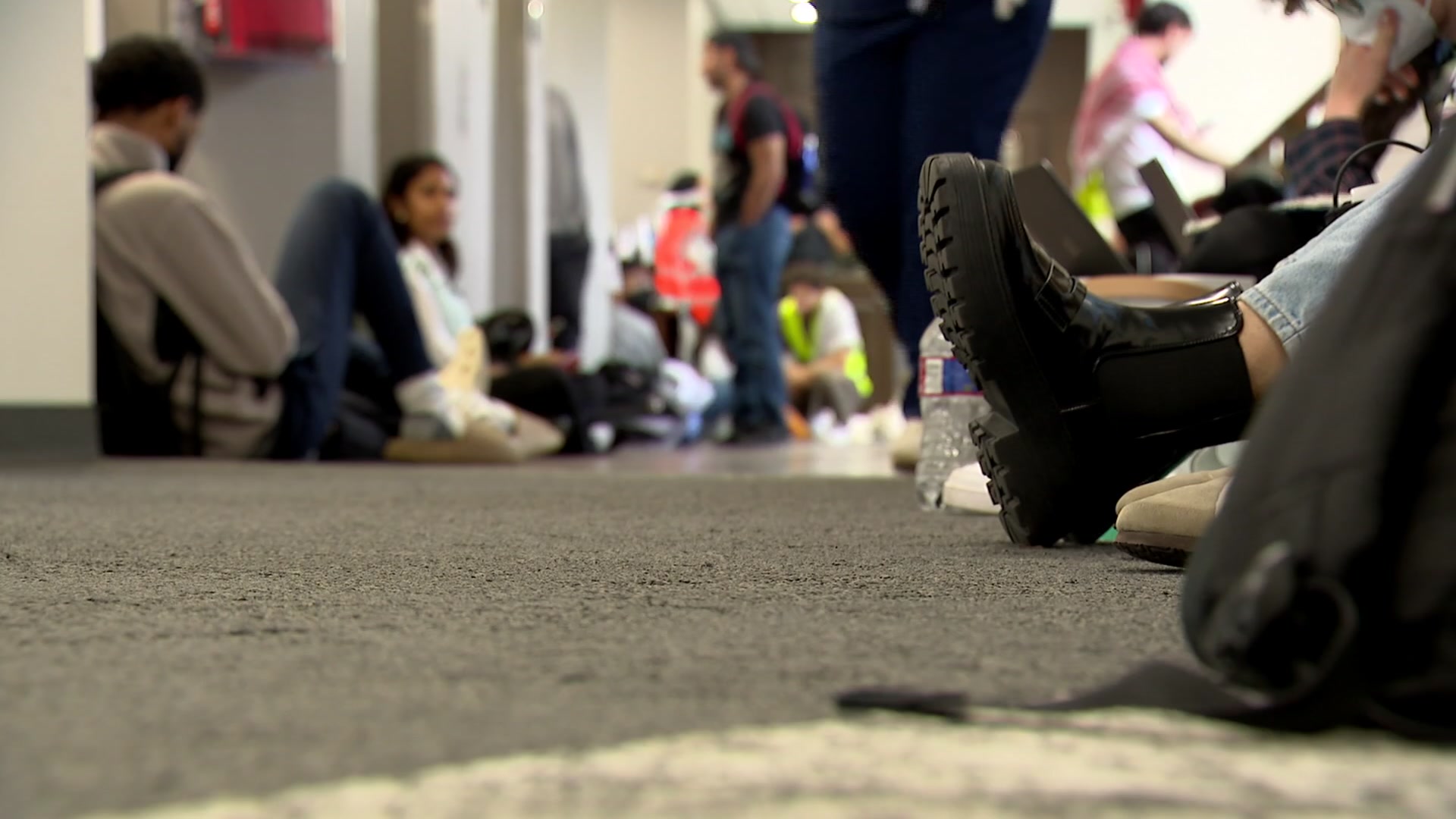A university research team and the Archdiocese of San Antonio are fast-tracking a study that seeks to keep the historic church at Mission Concepcion comfortable and structurally sound for another 300 years.
The San Antonio Express-News reports it's not an easy task. There's a lot at stake when you're talking about the nation's oldest unrestored stone church, the only UNESCO World Heritage site in Texas.
"Your home or my home, if we call some company to fix it and if they make a mistake, they take care of it," said Antonio Martinez-Molina, who's working on the study. "But here, if a company makes a mistake, we are losing San Antonio heritage. So we have to be very careful about it."
The University of Texas at San Antonio is two months into the yearlong study that will guide replacement of a decades-old air-conditioning system at the active church, while also devising ways to limit deterioration of its limestone walls due to moisture.
Unlike today's homes and buildings made of brick, steel and other modern materials, the church completed in 1755 was not made to be heated and cooled through mechanical means.
Martinez-Molina, an assistant professor at UTSA's College of Architecture, Construction and Planning, said the building is suffering from three sources of moisture: "rising damp" from the ground; rainwater pooling on the roof; and interior condensation caused by the AC and people who gather inside the building for worship and to visit the mission.
"So basically the moisture is coming from three directions: the bottom, from the walls and from the roof. And we have to address the three problems," Martinez-Molina said.
Local
The latest news from around North Texas.
Father David Garcia, whose retirement as pastor and administrator at Mission Concepcion recently took effect, said he was worried that the church's AC system, with components dating up to 30 years old, "could go any time."
He had hoped to have it replaced before he retired, but it was not to be. The Texas Historical Commission, which oversees changes to historic structures, required "a study of the church's atmosphere," Garcia said.
He said he's hopeful a new system will be installed next year, or maybe in 2021, after the UTSA study is completed.
The architectural college also is working with UTSA's Center for Cultural Sustainability, which last year assessed the condition of the mission convent structures next to the church. Researchers noted a high degree of deterioration in a wall close to the exterior condenser unit, which feeds two AC inlets in the church -- in the central chamber, known as the nave, and near the organ on the second floor.
Structural techniques used at the Alamo church in recent decades to protect it from moisture include placement of a horizontal steel plate in part of one wall to limit rising damp; replacement of landscaping with gravel around the base of the structure; installation of metal flashing on ledges and other horizontal surfaces to prevent rainwater pooling; and application of an acrylic waterproofing material on the roof, to prevent leaks during rainstorms.
Martinez-Molina said the roof slopes on the church at Concepcion "are not very well done" and may require a system of gutters that are visually unobtrusive, preserving the building's aesthetic value.
"Basically, the water is filtering inside the structure, and that is creating a lot of humidity," he said.
UTSA applied for a National Park Service grant for the study, but because of the urgent need to move forward began work in the spring. Any grant awarded could be used to apply the study's findings to upgrades at the church at Mission San Jose.
Thermal photography and indoor and outdoor temperature and humidity monitors are being used to collect data. Also, parishioners are being asked to fill out surveys about comfort in and outside the building, providing information to be compared with atmospheric data in determining how best to preserve a historic worship space.
"We are trying to include the human aspect in the equation," Martinez-Molina said. "We have to keep the building in use. That's the best way of maintaining it."
Partial results of the study are expected in October, he added.



